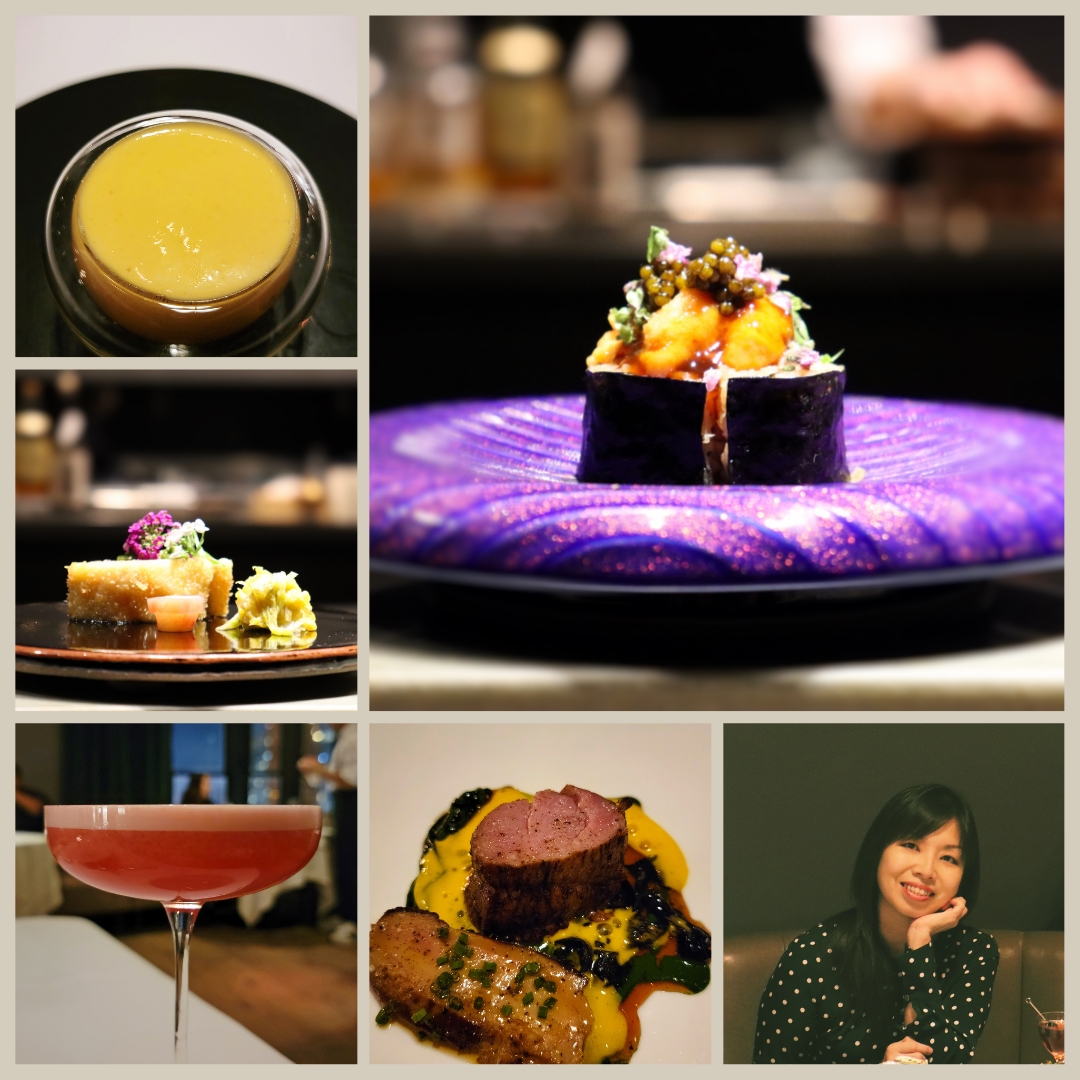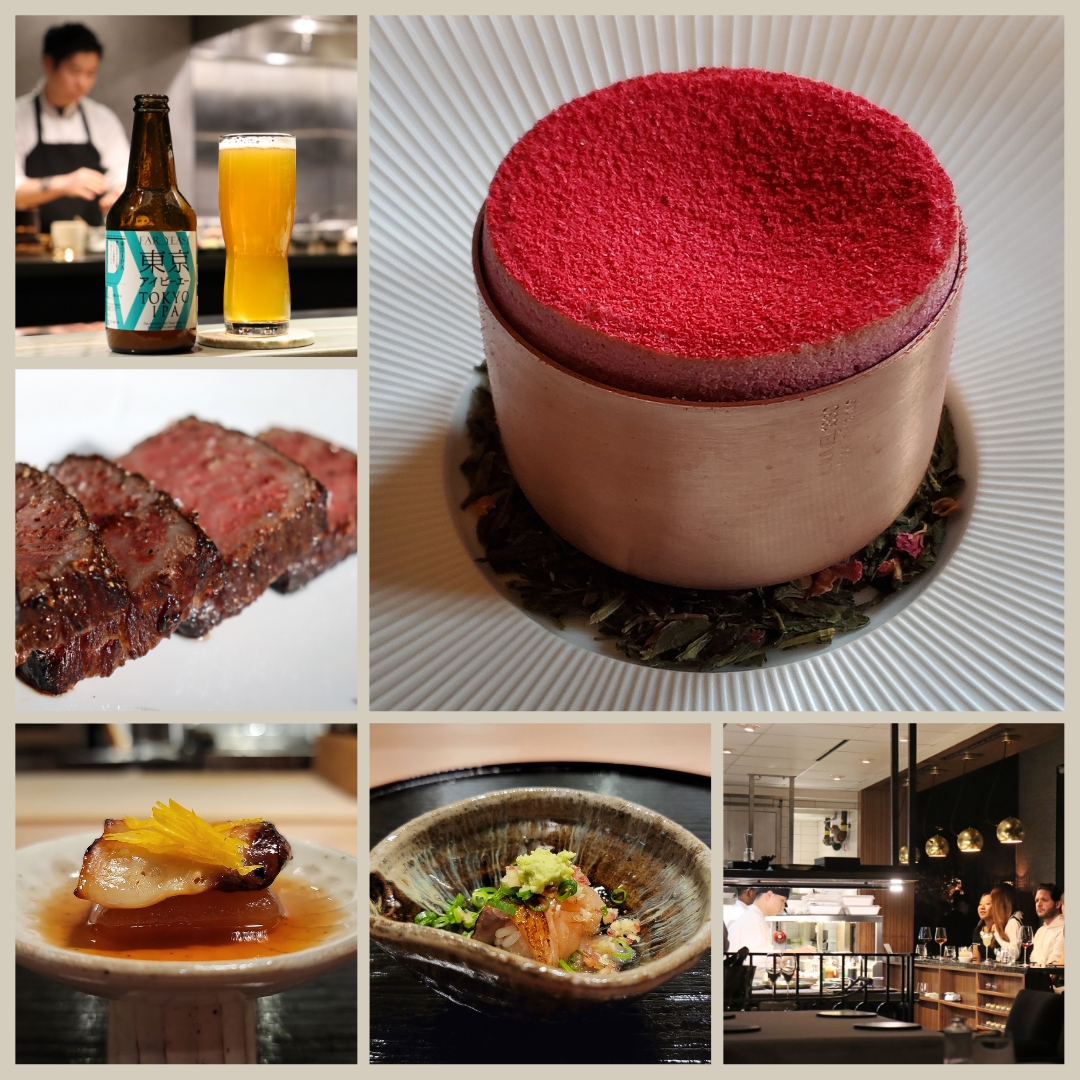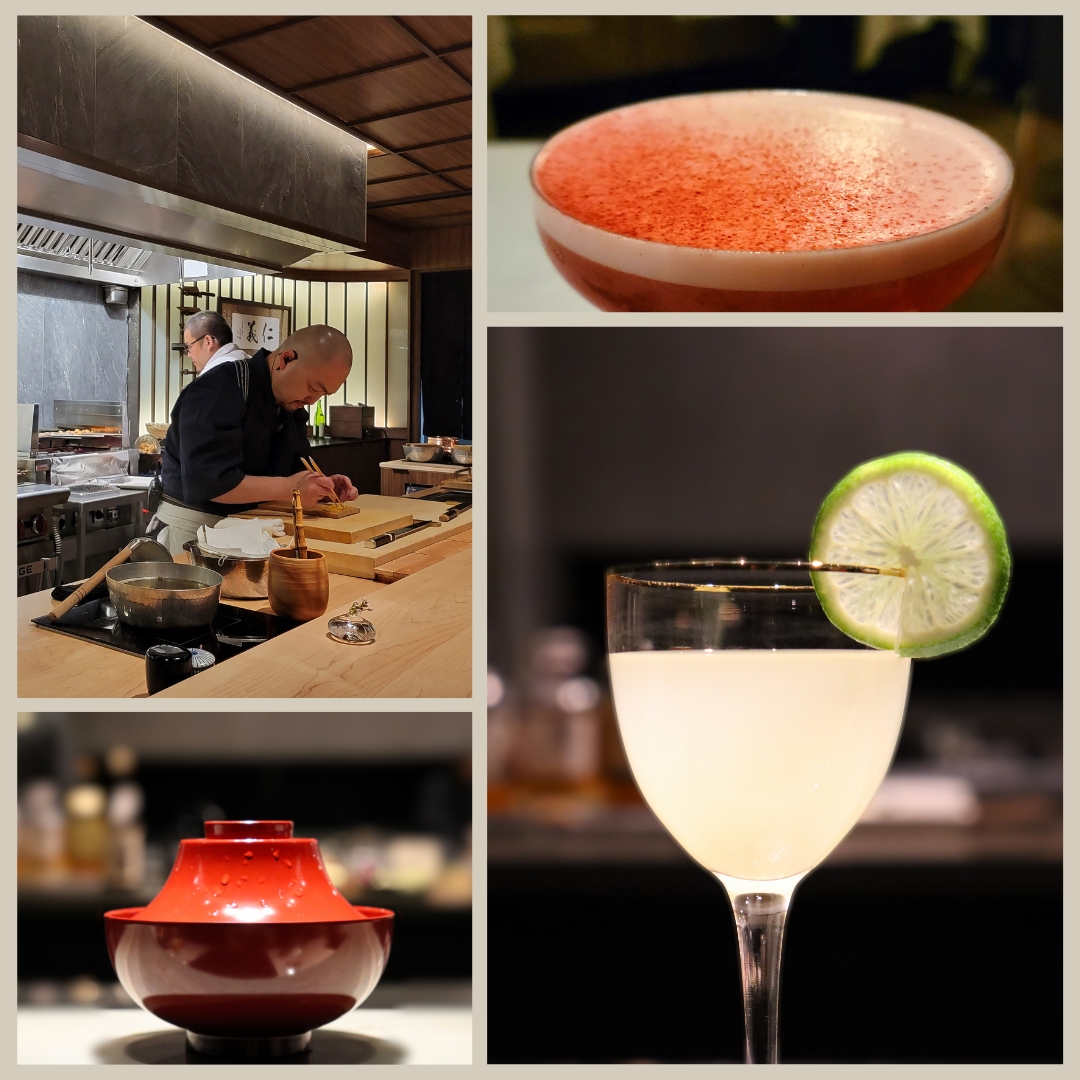Savouring the Stars: A Vietnamese Perspective on Fine Dining
My Culinary Adventure with Michelin Starred Restaurants in Canada and around the world
Growing up in a Vietnamese household, food was more than sustenance – it was comfort, culture, and connection. From steaming bowls of phở on a chilly morning to the vibrant flavours of bún bò Huế, my childhood was steeped in the rich and soulful cuisine of my heritage. Vietnamese food is a celebration of simplicity and harmony, with each ingredient playing its part in creating dishes that soothe the heart and nourish the soul. It’s the kind of food that wraps you in a familiar embrace, reminding you of home.
Yet, even as I revelled in the joys of my culinary roots, I felt a quiet pull – a yearning to step beyond the comforting boundaries of my culture and explore. It wasn’t just a curiosity about other cuisines but a desire to immerse myself in the artistry and imagination of chefs who transform food into something extraordinary. That’s what led me to Michelin Starred restaurants in Toronto and the surrounding areas, where exquisite dining is an invitation to experience the world through a chef’s creative lens.

These experiences aren’t just about eating; they’re about surrendering to the moment. It’s about letting go of preconceived notions and embracing the unexpected – allowing each course to surprise and delight, much like life itself.
As I explore Michelin Starred gems, I carry my Vietnamese heritage with me. It grounds me and reminds me that while I may wander far from the dishes of my childhood, they’ve instilled in me a deep appreciation for the power of food to connect, to comfort, and to inspire. Whether it’s a humble bowl of canh chua or a meticulously crafted dish at a Michelin Starred restaurant, each meal is a story – a moment to savour and remember.
As I explore Michelin Starred gems, I’ll be documenting my adventures. Below is a list of Michelin Starred restaurants I’ve visited, with each link leading to a dedicated page where I share a brief review of the experience. From Canada to far corners of the world, these reviews will capture the essence of what makes each dining experience unique.
Toronto (Ontario, Canada) and surrounding areas:
- Alo Restaurant: A Culinary Journey Above Toronto
- From Vineyard to Table: The Pearl Morissette Experience
Stay Tuned!
This page will be continuously updated as I visit more Michelin Starred restaurants around the globe. Whether it’s a neighbourhood gem in Toronto or a culinary destination in Tokyo, I look forward to sharing these exquisite adventures with you.
What I Look for When Dining at a Michelin Starred Restaurant
It’s easy to be swayed by the prestige of a Michelin Starred restaurant. The very fact that a restaurant has earned one, two, or three stars often creates an assumption that it must be exceptional in every way. This inherent bias can cloud judgement, making it difficult to critique aspects like food quality, presentation, or service without reservation.
Aware of this tendency, I approach each Michelin Starred dining experience with a conscious effort to temper my excitement. While I allow myself to appreciate the artistry and craftsmanship, I strive to remain truthful and objective in evaluating the overall experience. This balance helps ensure that my reviews are fair and reflective of the restaurant’s true merits, beyond its accolades.
My Criteria for Evaluating a Michelin Starred Dining Experience
1. Food Quality and Ingredients:
This is the most obvious criterion: does the dish simply answer the fundamental question, “Is it good?” Beyond this, however, I place a special emphasis on whether the main ingredient truly shines in the dish. For instance, if the waiter introduces a dish where foie gras is the star, I ask myself: Will I actually taste the foie gras?
Too often, I’ve encountered dishes at fine-dining establishments where the main ingredient is overshadowed by a myriad of other flavours. While the dish as a whole might be well-executed and enjoyable, the absence of the promised focal ingredient leaves me with a lingering question: Where was it?
This is a common flaw even among high-end restaurants. The presentation might be impeccable, and the ingredients undeniably fresh, yet when the main ingredient gets lost in the complexity of the dish, it detracts from the experience. A Michelin Starred dish, in my view, should celebrate its primary ingredient, allowing it to take centre stage in both flavour and presence.
2. Dish Presentation:
In Vietnamese culture, we have a saying, “ăn bằng mắt” – which translates to “eating with the eyes.” It reflects the idea that a dish, when beautifully presented, can already feel delicious before it’s even tasted. Think of those moments when a dish or dessert was so stunningly crafted that it evoked a “Wow” factor, making us hesitate to consume it because it felt almost too beautiful to eat.
While I value a chef’s ability to create a satisfying meal, I deeply admire when they go the extra mile to present their dishes in a visually captivating way. Here, the chef transcends the role of cook to become an artist, turning each plate into a canvas. I imagine many chefs enjoy plating their dishes as much as creating and cooking them, finding joy in the artistry of their craft.
That said, must every dish be impeccably presented to be memorable? Not necessarily. For example, a simple piece of sushi placed on a plain plate, without elaborate garnishes or decorations, can be perfect in its minimalism. It’s a reminder that while presentation is an important aspect, it’s not the sole criterion. Ultimately, it’s the entire dining experience – flavour, creativity, service, and ambience – that creates a lasting impression.

3. Thoughtfulness in Course Order and Transitions:
One defining characteristic of a Michelin Starred dining experience, and what often sets it apart from regular fine-dining establishments, is the thoughtfulness behind the sequence and transition of courses. The chef’s careful planning of the order in which dishes are served can greatly influence how a meal is experienced.
In a tasting menu – a hallmark of many Michelin Starred restaurants – this becomes even more critical. Each course should flow seamlessly into the next, creating a cohesive and enjoyable progression. For example, lighter courses, such as salads or amuse-bouches, are typically served first to prepare the palate, while heavier, more indulgent dishes, like steak or carbohydrate-rich creations, are reserved for later in the meal. This logical flow prevents diners from becoming overly full too early, allowing them to fully appreciate each course as intended.
I once dined at a high-end restaurant and ordered a wagyu beef dish, a delicacy I had thoroughly enjoyed in the past. However, the wagyu was served after a series of rich and flavourful courses. While the beef itself was still of excellent quality, it didn’t evoke the same satisfaction as it had on other occasions. Reflecting on the experience, I realized that the delicate flavours of wagyu require a clean and unspoiled palate to truly shine. By the time it was served, my taste buds were already overwhelmed by the richness of the preceding dishes. A simple palate cleanser or adjustment in the course order might have transformed the experience entirely.
This is why the order and transition between courses are crucial in high-end dining. Michelin Starred establishments often excel in this aspect, ensuring that each dish enhances the next while maintaining a balance that keeps the diner engaged throughout the meal. Thoughtful course transitions demonstrate not just culinary skill but also a deep understanding of how diners perceive and savour each dish in the context of the entire experience.
4. Service:
I like to think of myself as one of the least demanding diners when it comes to customer service at restaurants. If a waiter is polite and courteous, and they remember to bring items I’ve requested – like hot sauce or an extra napkin – that’s usually enough to make me satisfied.
That being said, just as I value thoughtful food presentation, I truly appreciate when restaurants go the extra mile in their service. Subtle, well-considered gestures, no matter how small, can significantly elevate the dining experience. For example, gently clearing breadcrumbs from the table without being asked, offering a reminder to watch your step as you navigate the space, or taking the time to explain the dish’s ingredients and their origins can all leave a lasting impression. These thoughtful touches bring an added sense of care and hospitality, often bringing a smile to the client’s face and turning a good meal into an exceptional experience.

5. Ambience:
While the main purpose of a dining establishment is to serve its clientele satisfying meals, I greatly appreciate the extra care that fine-dining establishments put into the non-culinary aspects of the experience. Elements such as interior design, lighting, music, sound levels, table settings, and space layout are all carefully curated to enhance the overall ambience. In these settings, dining becomes more than just eating – it’s an escapist experience, much like watching a movie in a theatre. For a brief time, the usual distractions of daily life – background noise, TV screens, or other interruptions – fade away, allowing you to immerse yourself fully in the enjoyment of the dishes and the company of friends or family.
In Michelin Starred restaurants, while I don’t expect extravagant or overly opulent decorations, I do hope to indulge in an elegant and thoughtfully designed setting. A well-appointed environment that complements the meal can transform dining into a holistic experience. Subtle details – such as soft lighting that doesn’t strain the eyes, soothing music that enhances but doesn’t overpower conversation, and well-spaced tables that allow for privacy – help create an atmosphere where diners can truly savour each course.
What I value most is a sense of harmony. The physical and auditory elements of the space should enhance, not distract from, the enjoyment of the meal. A clanging door, overly loud music, or crowded tables can take away from the otherwise refined experience. Fine dining, after all, isn’t just about what’s on the plate – it’s about how the entire environment comes together to create an unforgettable moment of escape and indulgence.

